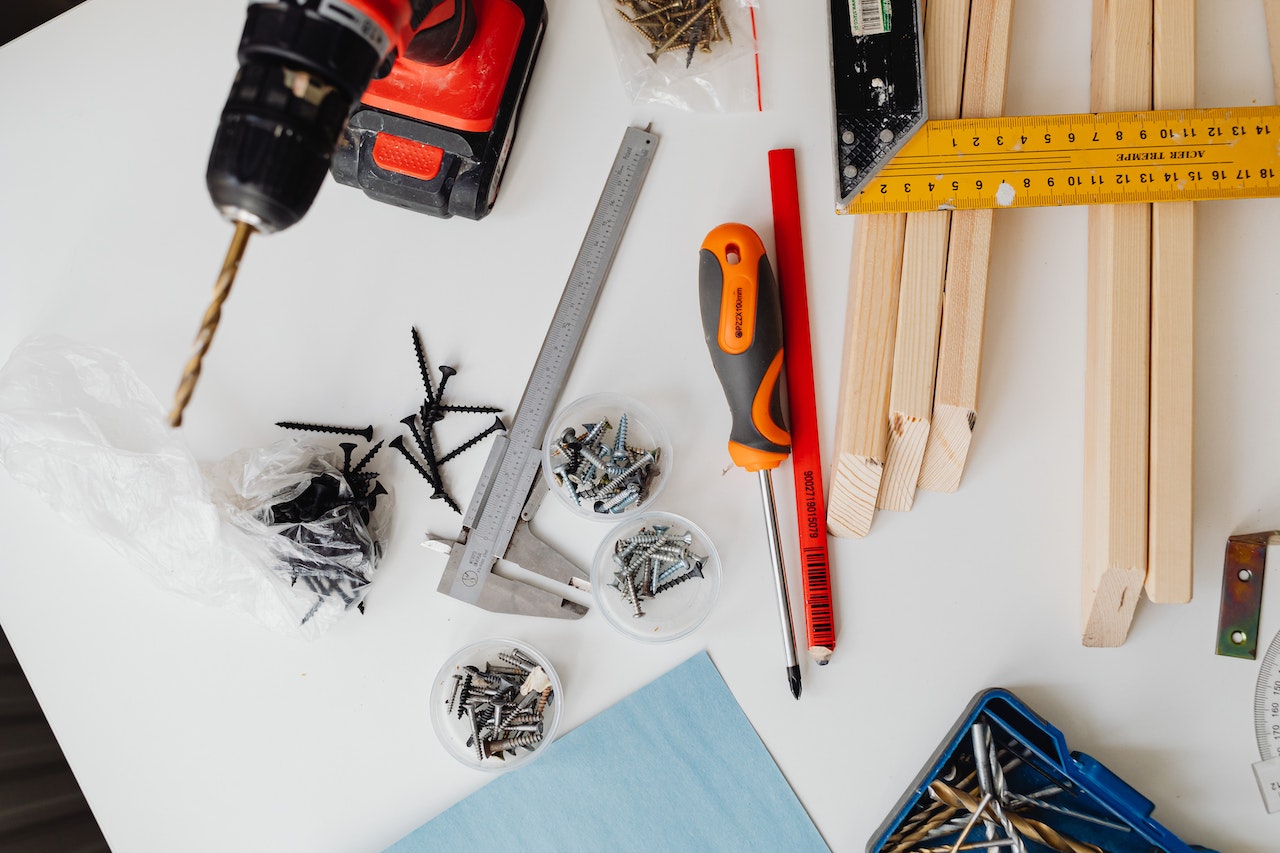Sandpaper is a type of abrasive paper or cloth that is used to smooth or polish surfaces by removing a thin layer of material. It is made by coating a paper or cloth backing with abrasive particles, such as aluminum oxide, silicon carbide, or garnet. The abrasive particles are held in place with a bonding agent, such as glue.
Sandpapers can be used on wood, metal, plastic, and other materials to remove roughness, burrs, or excess material, as well as to buff or polish surfaces. It comes in a variety of grit sizes, with lower numbers indicating a coarser abrasive and higher numbers indicating a finer abrasive, and can be purchased in sheets, rolls, or discs, to be used with hand or power tools.
What are sandpapers made of?
There are several types of sandpaper available, each designed for a specific use or material. Some common types include below types.
1. Aluminum Oxide Sandpapers
This is a versatile type of sandpaper that can be used on wood, metal, plastic, and other materials. It is made from aluminum oxide abrasive particles, which are held in place with a synthetic resin bonding agent. Aluminum oxide sandpaper is durable and long-lasting, making it a popular choice for both heavy-duty sanding and fine finishing.
2. Silicon Carbide Sandpapers
Made from silicon carbide abrasive particles, which are harder and sharper than aluminum oxide particles, silicon carbide sandpaper is ideal for sanding and polishing hard, brittle materials such as metal, stone, and ceramic. Additionally, this type of sandpaper is highly resistant to heat and moisture which makes it an excellent choice for wet sanding.
3. Garnet Sandpapers
Garnet sandpaper is a great choice for sanding wood, as it is softer and more pliable than aluminum oxide or silicon carbide sandpaper. It is also a good option for hand sanding, as it provides a smoother finish and is less likely to clog than other varieties. Coming from abrasive particles sourced from the mineral garnet, it is an ideal choice for many sanding applications.
4. Wet/Dry Sandpapers
Wet/dry sandpaper is designed for use with liquid to reduce dust and prolong its life. It is ideal for sanding metal, automotive finishes, and other items where a dust-free environment is critical. It can be used manually or with power tools and is available in various grit sizes.
5. Emery Sandpapers
Emery sandpaper is made from abrasive particles derived from the mineral emery, which is a naturally occurring form of corundum. It is a harder and more durable abrasive than aluminum oxide or silicon carbide, making it suitable for sanding and smoothing metal, stone, and other hard materials. However, emery sandpapers are less commonly used today due to the availability of other types of abrasives.
How to Use Sandpaper?
Using sandpaper by hand can be a great way to accomplish various tasks on a range of surfaces. Here are some general steps to follow:
- Choose the appropriate grit size for your task. Coarser grits (lower numbers) are best for removing roughness or excess material, while finer grits (higher numbers) are best for polishing or finishing.
- Cut the sandpaper to the desired size or shape. If you are using a sheet of sandpaper, you can cut it with scissors or a utility knife.
- Secure the sandpaper to a sanding block, if desired. A sanding block is a hand-held tool that is used to evenly apply pressure and prevent the sandpaper from tearing or becoming distorted. You can also use a sanding sponge or a piece of foam to hold the sandpaper in place.
- Begin sanding the surface by moving the sandpaper back and forth in a straight line, following the grain of the material if possible. Sand in one direction, then switch to the other direction to ensure an even finish.
- Wipe away any dust or debris that accumulates on the surface or on the sandpaper as you work.
- When the sandpaper becomes clogged or no longer effective, remove it and replace it with a fresh piece.
If you are using sandpapers with a power tool, such as an orbital sander or a belt sander, follow the manufacturer’s instructions for attaching and using the sandpapers. Always wear appropriate personal protective equipment, such as eye protection and a dust mask, when using power tools.
Do you have any other questions about the sandpaper? If so, please write in comment and we will try to answer you.
Here are some similar articles that you might want to read:
1. 10 Essential Pliers Every Homeowner Should Own
2. The Ultimate Guide to Choosing the Right Drywall Anchor for Your Project



